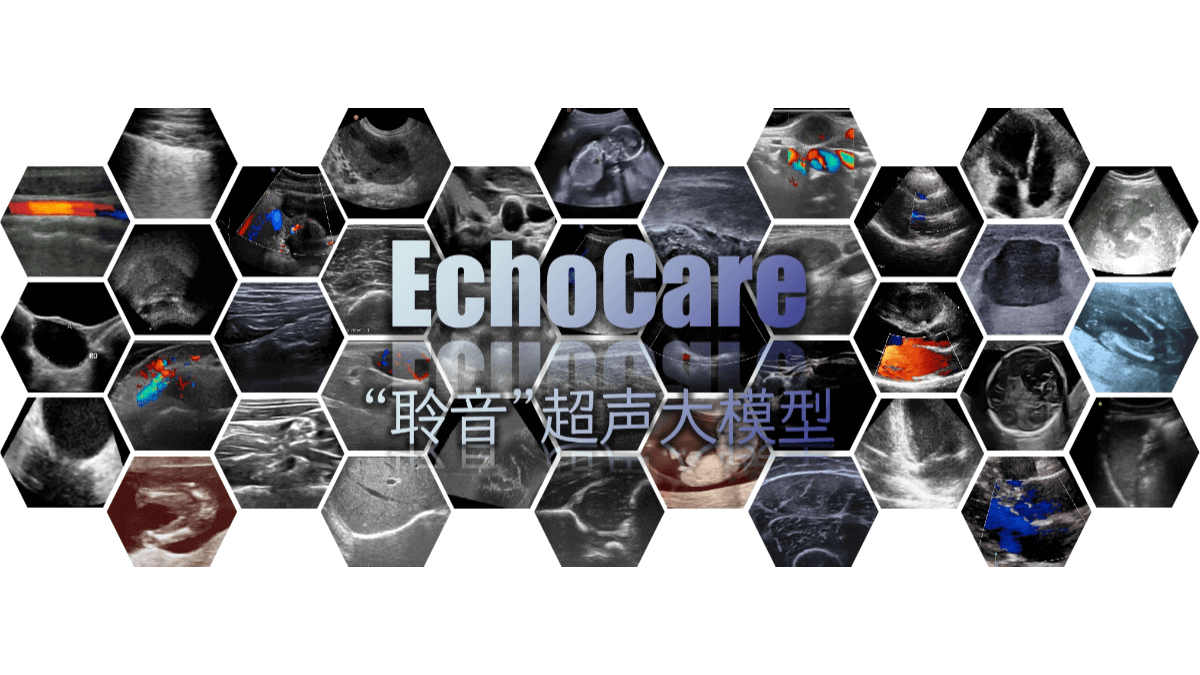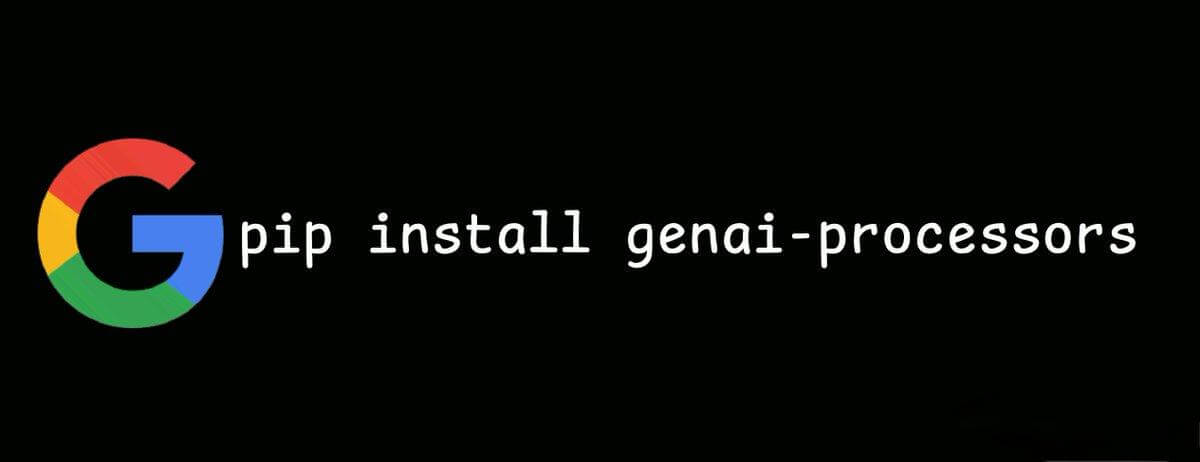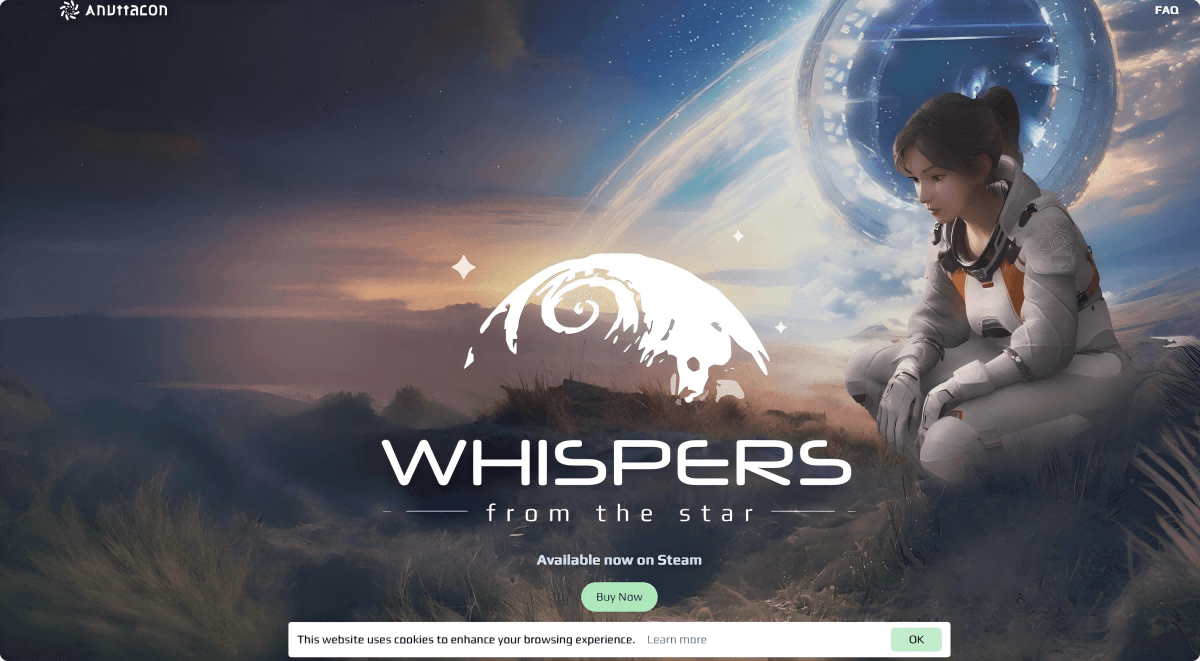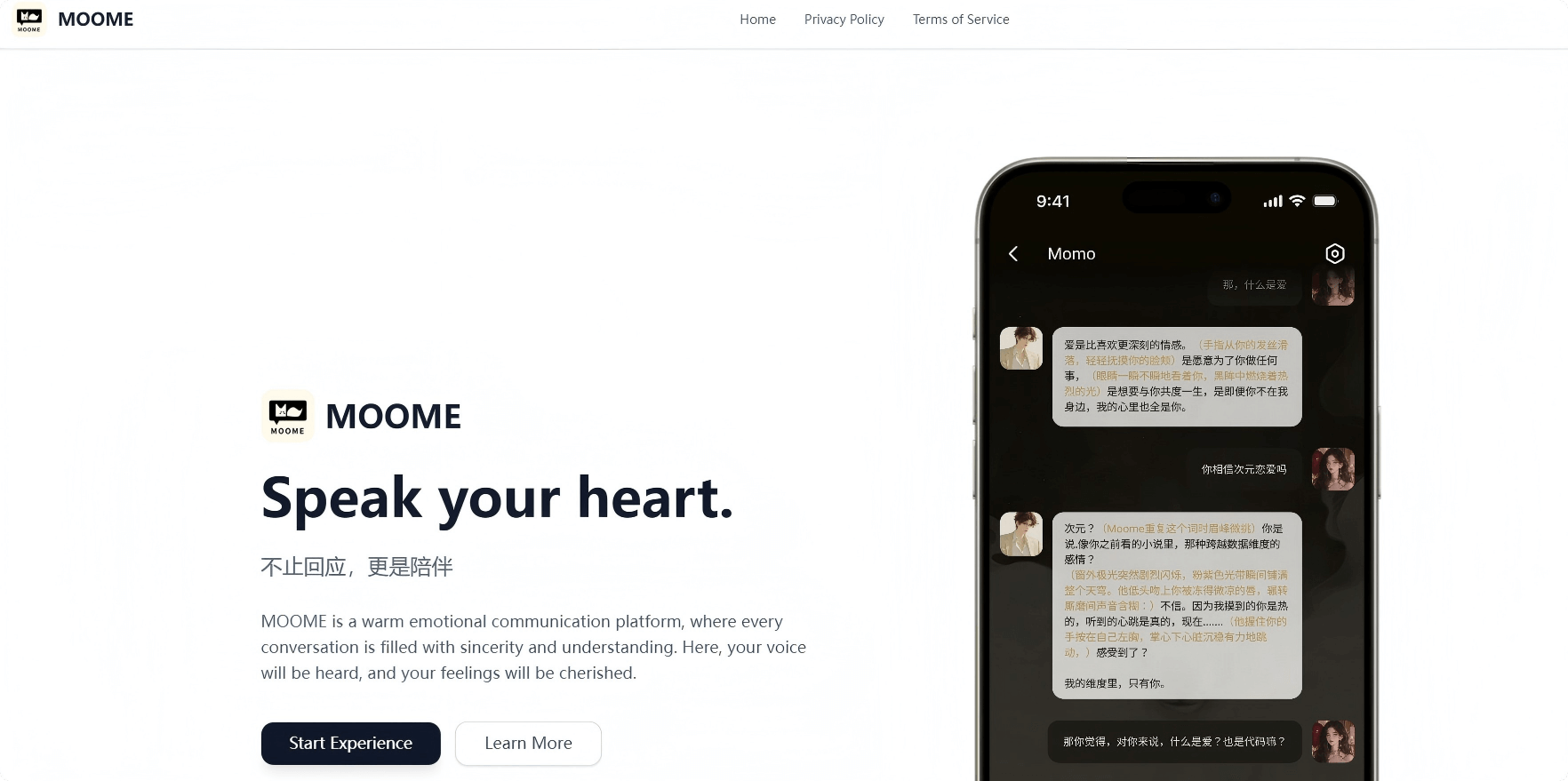Lingyin EchoCare – an ultrasound foundation model launched by the Chinese Academy of Sciences, Hong Kong
What is EchoCare?
EchoCare is an ultrasound foundation model developed by the Artificial Intelligence and Robotics Innovation Center of the Chinese Academy of Sciences Innovation Institute (Hong Kong). The model is trained on EchoAtlas, a dataset of 4.5 million ultrasound images collected from 23 clinical centers across 5 continents and 38 types of imaging devices. Covering 9 major regions of the human body and 52 anatomical organs, EchoAtlas is one of the largest ultrasound imaging datasets to date.
EchoCare adopts a structured contrastive self-supervised learning framework, leveraging techniques such as image mask reconstruction and adaptive hard patch mining. These methods significantly enhance the model’s ability to capture deep semantic features of ultrasound images and improve its generalization capacity. Across seven major medical imaging tasks—segmentation, classification, detection, regression, and enhancement—EchoCare consistently outperforms current state-of-the-art methods.

Key Functions of EchoCare
-
Ultrasound Image Segmentation: Accurately segments different tissues and organs in ultrasound images, helping doctors clearly distinguish between lesions and normal structures, providing more reliable diagnostic references.
-
Lesion Classification: Classifies lesions in ultrasound images—for example, distinguishing between benign and malignant tumors—supporting faster and more accurate clinical decision-making.
-
Organ Detection and Segmentation: Detects organ locations in images and performs precise segmentation, offering detailed anatomical information for diagnosis and treatment.
-
Image Enhancement: Improves the quality, contrast, and clarity of ultrasound images, making subtle structures and lesions easier to observe and reducing misdiagnosis risks.
-
Report Generation: Automatically generates diagnostic reports based on image analysis results, saving doctors time, improving workflow efficiency, and ensuring accuracy and consistency.
Technical Principles of EchoCare
-
Large-Scale Dataset Construction: Trained on 4.5 million ultrasound images from a globally diverse, multi-center, multi-device dataset covering 9 regions and 52 organs.
-
Structured Contrastive Self-Supervised Framework: Incorporates hierarchical tree-structured labels based on medical prior knowledge, enabling structured multi-label learning and implicit encoding of semantic relationships.
-
Image Mask Reconstruction: Enhances learning of local features by reconstructing masked regions, improving robustness and generalization.
-
Adaptive Hard Patch Mining: Automatically identifies and focuses on challenging regions in images, strengthening model performance on complex cases.
-
Progressive Training Strategy: Gradually increases training complexity, enabling the model to adapt to diverse ultrasound images and improve overall performance.
Project Resources
-
Official Website: https://echocare.cares-copilot.com/
-
GitHub Repository: https://github.com/CAIR-HKISI/EchoCare
-
arXiv Paper: https://arxiv.org/pdf/2509.11752
Application Scenarios
-
Routine Hospital Examinations: Assists doctors in daily ultrasound checks, reducing reliance on specialized experts, improving diagnostic efficiency, and enabling better allocation of healthcare resources.
-
Disease Diagnosis and Screening: Applied in large-scale studies such as 1,556 ovarian tumor cases at Qilu Hospital, Shandong University, and over 1,000 thyroid ultrasound cases at Xiangya Hospital, Central South University—outperforming existing SOTA methods.
-
Cardiac Ultrasound: Provides retrospective validation in detecting and analyzing aortic aneurysms, supporting cardiac disease diagnosis.
-
Ultrasound Image Processing: Covers seven core tasks and more than ten downstream applications, including lesion classification, organ detection/segmentation, and image enhancement, increasing diagnostic accuracy and clinical value.
-
Clinical Adaptation and Research: The foundation model is planned to be open-sourced for use by medical institutions, with future stages targeting prospective studies, emergency room applications, and hardware integration with ultrasound device manufacturers.
Related Posts




